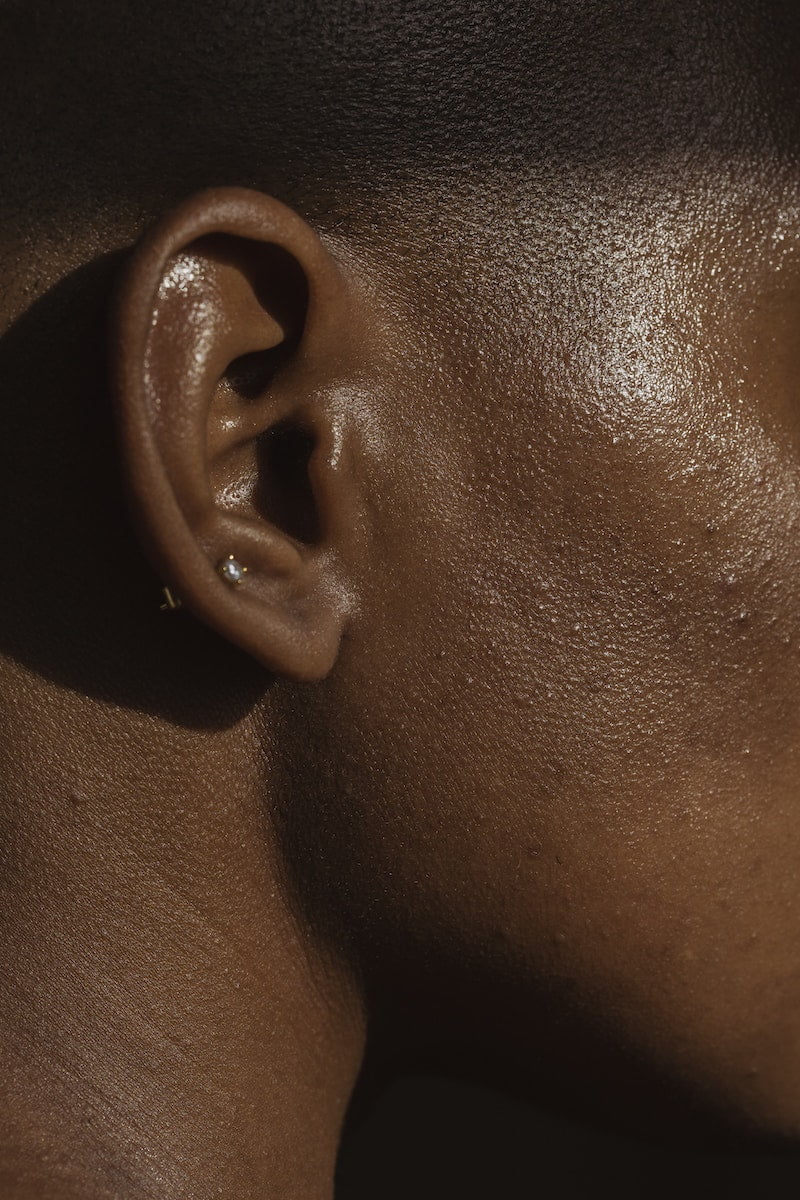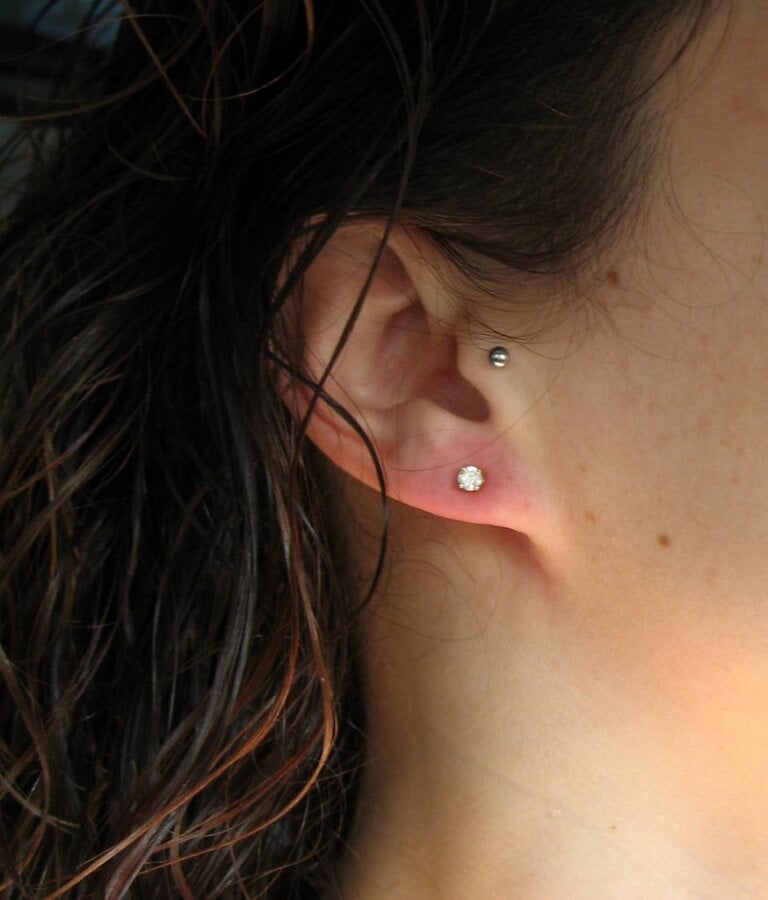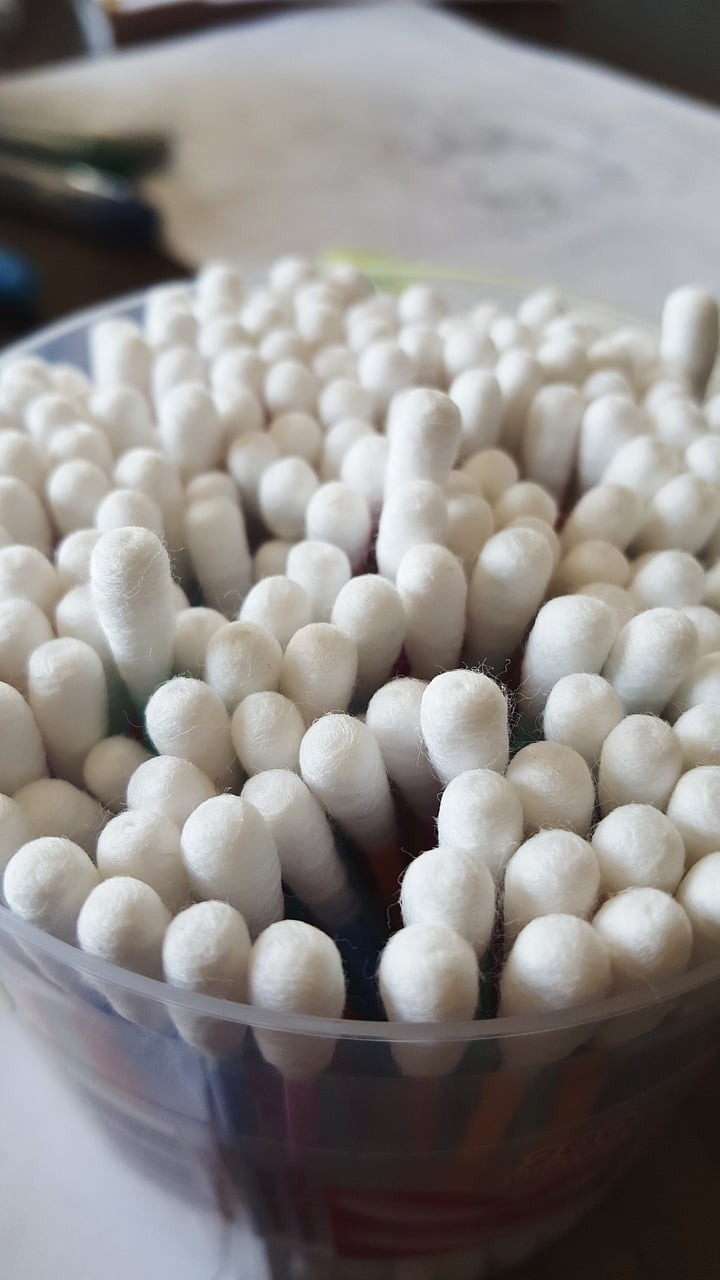Finding Balance: Managing and Preventing Excessive Ear Wax Production
Ear wax, also known as cerumen, is a natural substance produced by the glands in our ear canal. It plays a crucial role in protecting our ears from dust, debris, and infections. However, excessive ear wax production can lead to discomfort and hearing problems. In this article, we will explore various methods to manage and prevent excessive ear wax production, ensuring a healthy balance for your ears.
Understanding Ear Wax and its Functions
Before delving into the management and prevention of excessive ear wax production, it is important to understand the functions of ear wax.
- Natural Lubricant: Ear wax acts as a natural lubricant, preventing the ear canal from becoming dry and itchy. This helps to maintain the health and integrity of the delicate skin lining the ear canal. Without proper lubrication, the ear canal can become prone to irritation and inflammation.
- Protective Barrier: Ear wax helps to trap dust, bacteria, and foreign particles, preventing them from entering the deeper parts of the ear. It acts as a protective barrier, shielding the eardrum and middle ear from potential harm. This defense mechanism plays a crucial role in preventing infections and maintaining overall ear health.
- Self-Cleaning Mechanism: The production of ear wax is a natural and self-regulating process. As new ear wax is produced, the old wax gradually moves towards the ear opening, carrying with it any trapped debris or particles. This self-cleaning mechanism helps to keep the ear canal clean and free from buildup.
Signs and Symptoms of Excessive Ear Wax
Excessive ear wax production can result in various symptoms that may indicate the need for intervention. These symptoms include:
- Earache or Pain: Excessive ear wax can cause pressure build-up, leading to earaches or pain. This discomfort can range from mild to severe, depending on the extent of the wax accumulation.
- Itchiness or Irritation in the Ear Canal: When ear wax builds up, it can cause itchiness and irritation in the ear canal. This can be quite bothersome and may lead to constant scratching or rubbing of the ears.
- Partial Hearing Loss or Muffled Sounds: Excessive ear wax can block the ear canal, leading to partial hearing loss or a sensation of muffled sounds. This can affect one’s ability to hear clearly and can be particularly concerning if it persists.
- Dizziness or a Sensation of Fullness in the Ear: In some cases, excessive ear wax can cause dizziness or a feeling of fullness in the ear. This can disrupt one’s balance and may be accompanied by a sense of pressure or heaviness in the affected ear.
- Tinnitus (Ringing or Buzzing in the Ear): Excessive ear wax can also contribute to the development or worsening of tinnitus, which is characterized by a ringing or buzzing sensation in the ear. This persistent noise can be quite bothersome and may interfere with daily activities and sleep.
It is important to note that these symptoms can also be associated with other ear conditions, so it is crucial to consult with a healthcare professional for an accurate diagnosis.
Managing Excessive Ear Wax
If you are experiencing symptoms of excessive ear wax, there are several methods available to manage the condition:
1. Over-the-counter Ear Drops
Ear drops specifically designed for wax removal can help soften and loosen the ear wax, making it easier to remove. These drops usually contain hydrogen peroxide or saline solution. It is important to follow the instructions provided with the ear drops carefully. If the symptoms persist or worsen, it is advisable to consult an Audiologist for further guidance.
2. Manual Removal
In some cases, excessive ear wax may need to be manually removed by an Audiologist using specialised tools. This method is typically reserved for severe cases or when other methods have been ineffective. It is important to note that attempting to remove the wax yourself using sharp or pointed objects can lead to injury or further impaction.
It is always recommended to consult an Audiologist before attempting any form of ear wax removal to ensure safe and effective results. Microsuction is the most highly recommended procedure for wax removal and the only method used at Hearing First.
Preventing Excessive Ear Wax Production
Prevention is always better than cure. By adopting certain habits and making lifestyle changes, you can reduce the chances of excessive ear wax production. Here are some preventive measures to consider:
1. Avoid Using Cotton Swabs or Similar Objects
Using cotton swabs or any other objects to clean the ear canal can push the ear wax deeper, leading to blockage and increased production. It is best to avoid inserting anything into your ears. Instead, clean the outer part of your ears with a soft cloth. This gentle cleaning method ensures that excess wax is removed without impacting the delicate ear canal.
2. Keep Your Ears Dry
Excess moisture in the ear canal can promote the growth of bacteria and fungi, leading to excessive ear wax production. After swimming or showering, make sure to dry your ears thoroughly using a towel or a hairdryer on a low setting. Tilt your head to the side to allow any remaining water to drain out. By keeping the ear canal dry, you can discourage the overproduction of ear wax.
3. Use Earplugs in Noisy Environments
Excessive noise exposure can stimulate the production of ear wax. If you frequently find yourself in noisy environments, such as concerts or construction sites, consider wearing earplugs to reduce the risk of excessive wax production. Earplugs act as a physical barrier, preventing excessive noise from reaching the ear canal and triggering the overproduction of wax.
4. Seek Regular Check-ups
Regular check-ups with an Audiologist can help identify and address any underlying factors contributing to excessive ear wax production. They can also provide guidance on proper ear hygiene and recommend suitable preventive measures. By staying proactive and seeking regular professional advice, you can stay ahead of any potential ear wax issues and maintain optimal ear health.
When to Seek medical assistance:
While most cases of excessive ear wax production can be managed and prevented using the methods mentioned above, there are instances when medical assistance is necessary. Seek immediate medical attention if you experience:
- Severe pain or bleeding from the ear
- Sudden hearing loss
- Persistent dizziness or imbalance
- Signs of infection, such as fever or pus-like discharge
These symptoms may indicate a more serious underlying condition and require prompt medical evaluation.
In conclusion, finding a balance in managing and preventing excessive ear wax production is essential for maintaining optimal ear health. By understanding the functions of ear wax, recognizing the signs of excessive production, and implementing preventive measures, you can ensure the well-being of your ears. Remember to consult with an Audiologist for a personalised approach and appropriate guidance in managing this condition.







